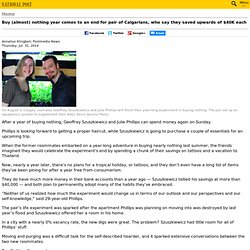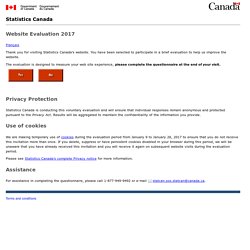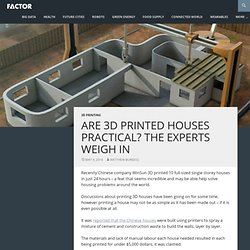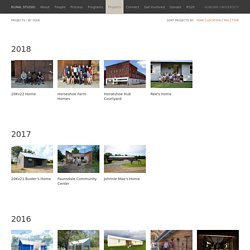

Buy (almost) nothing year comes to an end for pair of Calgarians, who say they saved upwards of $40K each. Buy (almost) nothing year comes to an end for pair of Calgarians, who say they saved upwards of $40K each Facebook | Twitter | Google+ | Email Annalise Klingbeil, Postmedia NewsThursday, Jul. 31, 2014 On August 3, Calgary roomates Geoffrey Szuszkiewicz and Julie Phillips will finish their year-long experiment in buying nothing.

The pair set up an aquaponics system to supplement their diets. Kevin Jesuino Photo After a year of buying nothing, Geoffrey Szuszkiewicz and Julie Phillips can spend money again on Sunday. Phillips is looking forward to getting a proper haircut, while Szuszkiewicz is going to purchase a couple of essentials for an upcoming trip. When the former roommates embarked on a year-long adventure in buying nearly nothing last summer, the friends imagined they would celebrate the experiment’s end by spending a chunk of their savings on tattoos and a vacation to Thailand.
In a city with a nearly 0% vacancy rate, the new digs were great. Buy Nothing Year was born. [linked image] Average household expenditure (Canada) Website Evaluation 2017 Français Thank you for visiting Statistics Canada’s website.

You have been selected to participate in a brief evaluation to help us improve the website. The evaluation is designed to measure your web site experience, please complete the questionnaire at the end of your visit. Privacy Protection.
Structure. HVAC & Utilities. Permits. Training. Money. Contactors. Yes you can build a house for $20 000. More than 1,700 U.S. cities will be partially underwater by 2100: study. By Suzanne Goldenberg, The GuardianMonday, July 29, 2013 18:33 EDT More than 1,700 American cities and towns – including Boston, New York, and Miami – will have significant populations living below the high-water mark by the end of this century, a new climate change study has found.

Those 1,700 towns are locked into a watery future by greenhouse gas emissions already built up in the atmosphere, the analysis published in the Proceedings of the National Academy of Sciences on Monday found. For nearly 80 of those cities, the watery future would come much sooner, within the next decade. “Even if we could just stop global emissions tomorrow on a dime, Fort Lauderdale, Miami Gardens, Hoboken, New Jersey will be under sea level,” said Benjamin Strauss, a researcher at Climate Central, and author of the paper. “Hundreds of American cities are already locked into watery futures and we are growing that group very rapidly,” Strauss said.
Guardian.co.uk © Guardian News and Media 2013. Are 3D printed houses practical? The experts weigh in. Recently Chinese company WinSun 3D printed 10 full-sized single storey houses in just 24 hours – a feat that seems incredible and may be able help solve housing problems around the world.

Discussions about printing 3D houses have been going on for some time, however printing a house may not be as simple as it has been made out – if it is even possible at all. It was reported that the Chinese houses were built using printers to spray a mixture of cement and construction waste to build the walls, layer by layer. The materials and lack of manual labour each house needed resulted in each being printed for under $5,000 dollars, it was claimed. WinSun chief executive Ma Yihe said: “We can print buildings to any digital design our customers bring us. It’s fast and cheap.”
Jonathan Rowley, an architect from London-based 3D printing studio Digits2Widgets, told Factor that there are a lot of limitations preventing houses being made with the technology. “It’s only going to be part of the process. Projects. " " " " " " " " " " " " " " " " " " " " " " " " " " " " " " " " " " " " " " " " " " " " " " " " " " " " " " " " " " " " " " " " " " " " " " " " " " " " " " " " " " " " " " " " " " " " " " " " " " " " " " " " " " " " " " " " " " "
